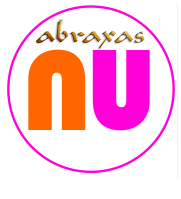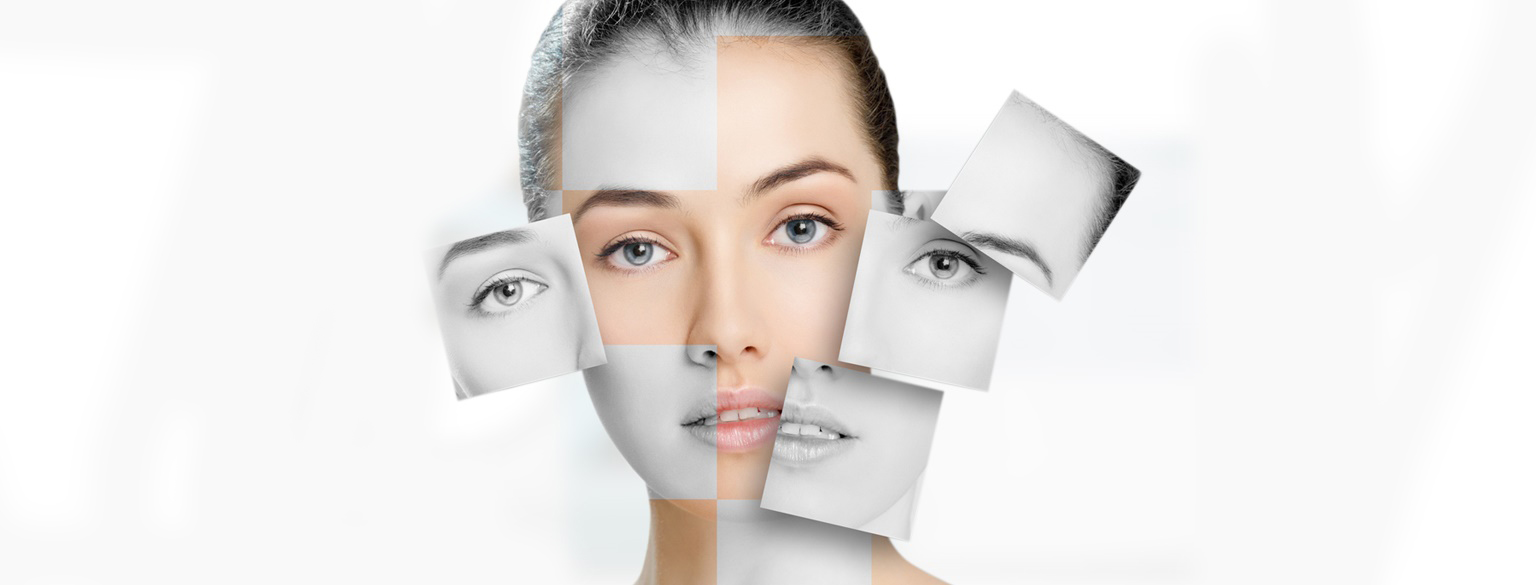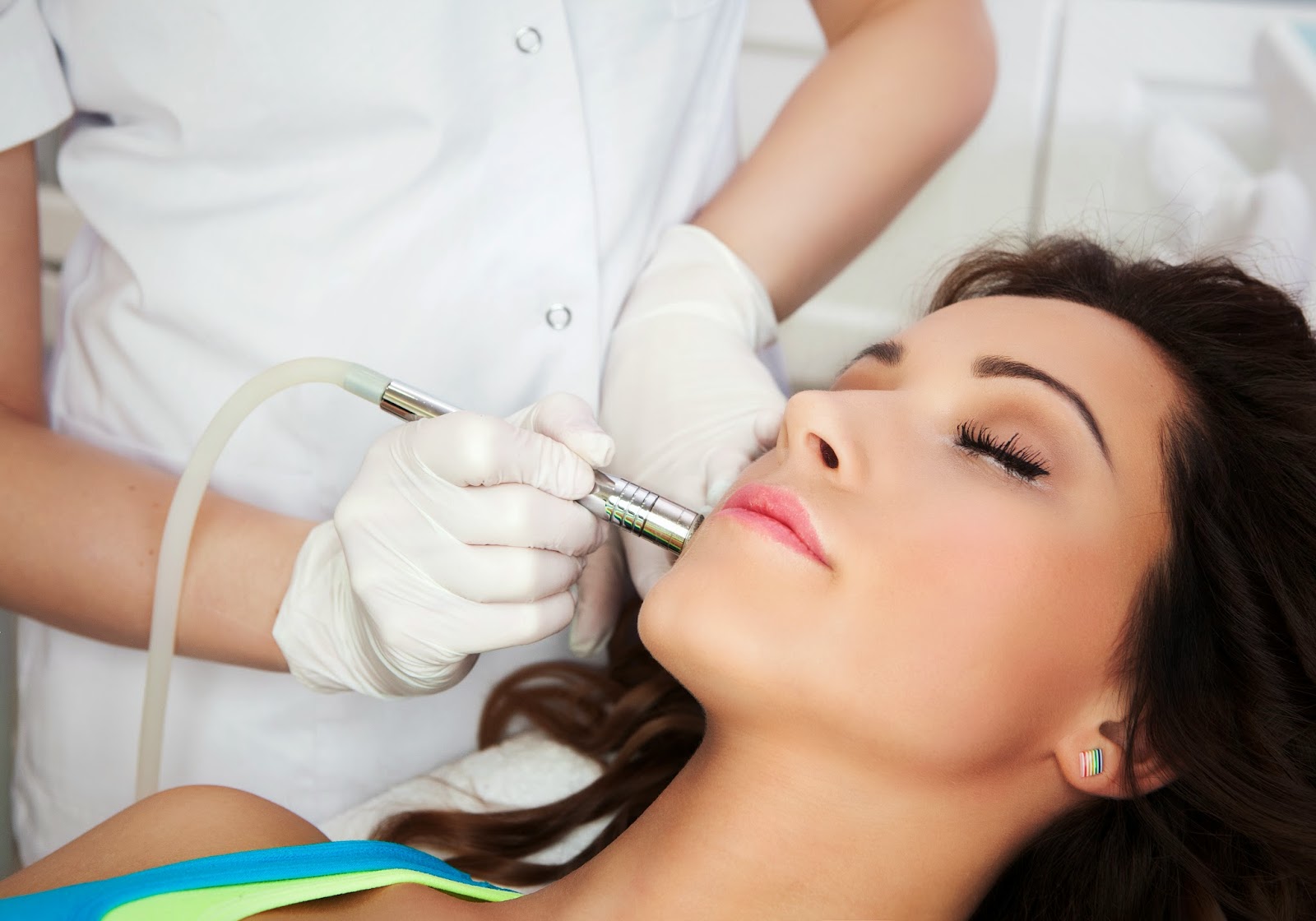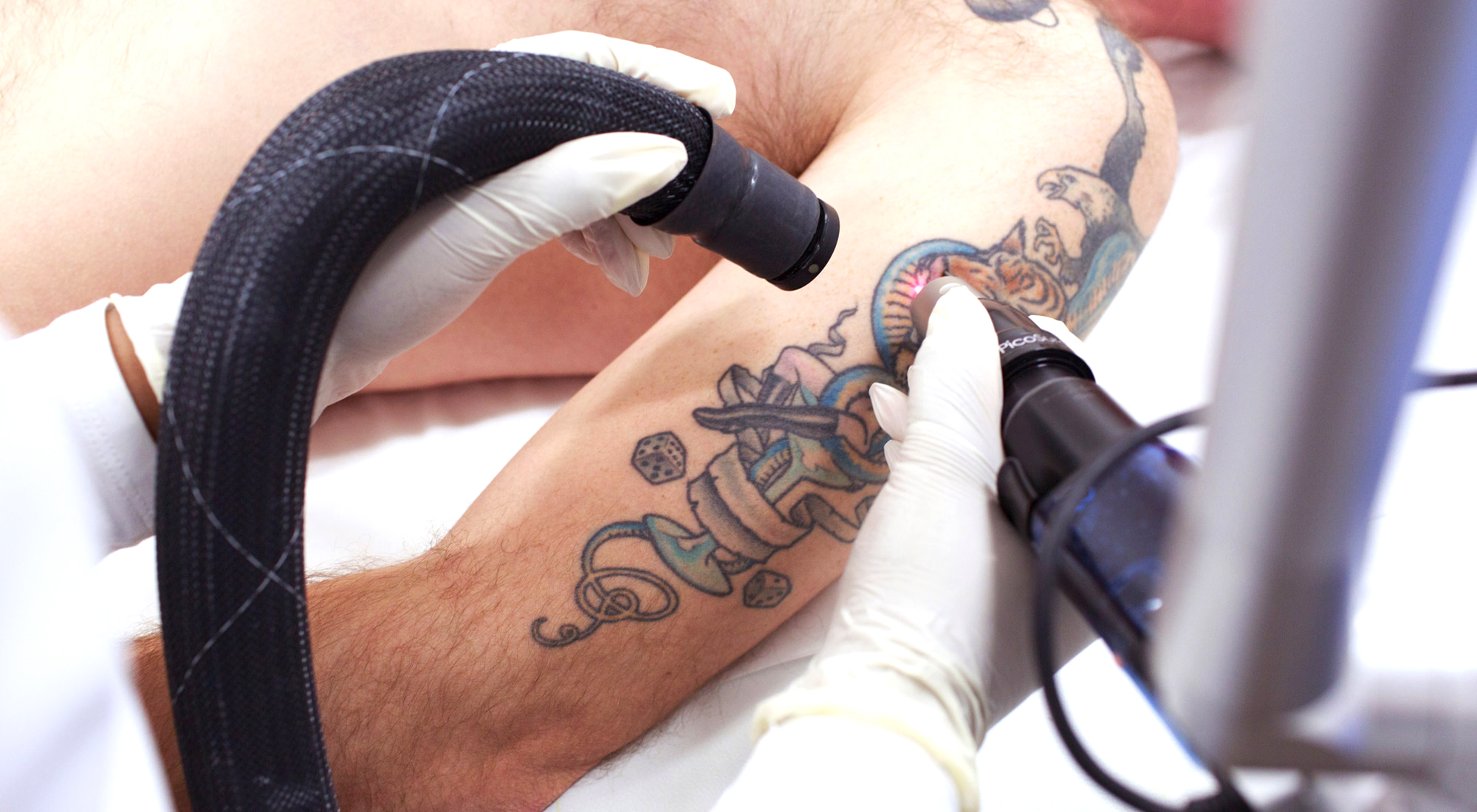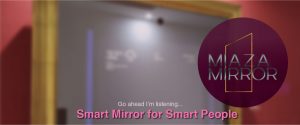Uses of Lasers in Cosmetic Medicine
Lasers are medical devices which produce high-energy, focused beams of intense, “single-coloured” light and heat which have been found – through ongoing research and extensive clinical experience – to selectively interact, in very useful ways, upon various tissues within the skin and body. As the amount and distribution of energy in laser light is more precisely delivered, this may have an advantage over the mechanical application of a scalpel or topical chemicals for the successful treatment of many aesthetic and medical conditions.
Lasers do three things for the skin:
Hair reduction
Skin rejuvenation
Treat skin lesions
Laser Hair Removal
This is a cosmetic procedure that uses a powerful laser (like the diode laser) to remove unwanted hair.
This light source heats and destroys hair follicles in the skin, which disrupts hair growth. Common areas to treat are the face, legs, arms, underarms and bikini line.
It can be helpful for women with hirsutism (excessive hair growth). Generally, it’s most effective on women with pale skin and dark hair.
You may be recommended up to six sessions, spaced about four to six weeks apart. The results of laser hair removal may not permanent. They usually last from weeks to months, and regular sessions may be needed to achieve and maintain the desired effect. There’s no guarantee it will clear all the hair. Take time to find a reputable practitioner who is properly qualified and practices in a clean, safe and appropriate environment.
You’ll need to shave the area of skin the day before your appointment.
On the day, you’ll wear specially designed goggles to protect your eyes during the procedure. Local anaesthetic isn’t necessary but the practitioner usually applies a cool gel or cooling air spray to the area of skin. They then press a hand-held device to your skin and trigger the laser. This may feel like an elastic band snapping at your skin. Each session may take between 15 minutes to over an hour. The number of sessions needed depends on the area to be lasered and the system used.
The area may be red with a raised rash for up to 24 hours afterwards. Holding an ice pack to the skin may help. Your skin will be more sensitive to the sun after laser hair removal. Avoid sun exposure and tanning beds for at least a week after treatment, and use sunscreen.
Laser Skin Resurfacing
Laser resurfacing uses a specially crafted beam of thermal energy like the carbon dioxide laser that gets to work deep into the layers of your skin. Unlike peels or abrasive skin exfoliation, these laser beams of heat precisely target and vaporise damaged skin. By creating injury to the old skin, the body works to create new, tighter skin that has smaller pores and fewer wrinkles and blemishes. Skin resurfacing removes the epidermis and penetrates into the papillary dermis, which responds by producing new collagen. This allows healing and regeneration of the skin.
This is usually done to improve wrinkles or acne scars or other imperfections from the skin. Treatment time depends on the condition and the size of the area being treated. Small areas such as an upper lip and chin can take between 20-30 minutes.
Laser Removal of Birthmarks, Tattoos and Skin Lesions
Port-wine stain birthmarks respond remarkably well to laser treatment. The abnormal blood vessels that cause these marks are reduced in size by the laser. This results in a lightening of the treated area. Skin growths, facial “spider veins,” warts, and some tattoos respond to laser surgery. Most situations take more than one laser treatment, but some respond to a single treatment. Tattoos can also be removed by a special laser.
With new technology lasers have become safe to use. But it is important to go to a trained cosmetic surgeon who has the knowledge of lasers for these procedures. Lasers can be harmful if not applied properly. The plastic surgeon often uses the minimum laser intensity possible. The low intensity requires many treatments. However, the low intensity also preserves as much of the healthy tissue as possible. This produces an aesthetically pleasing result. Many of these laser surgeries are performed as outpatient treatments in hospitals or offices.
After your surgeon has indicated that a laser can be helpful in the surgery, your surgeon will explain the laser of choice and what can be accomplished. As with all surgery, the laser has its limitations. Often the results are very good. Your surgeon will give you the best judgment for the particular procedure.
Some surgeons may use local anesthetics to numb the treated area before the surgery. Surgery can sometimes be done in the surgeon’s office; other times the surgeries are performed in outpatient facilities at a clinic or hospital. Your surgeon will decide on the appropriate method, dictated by the nature of the surgery.
Because safety is a major component of laser use, your surgeon will describe safety precautions before the surgery.
After the surgery, you will probably experience some swelling and skin redness for several days. Antibiotic ointments may be used during the healing process. It is important for the patient to follow all the post-operative directions of the surgeon, particularly in using sun block and avoiding sun exposure.
The full impact of the laser may not be apparent for a month or two, especially with vascular deformities. Additional treatment sessions will not be scheduled until the healing process for a particular treatment is complete.
About the Author
Dr. Anup Dhir
Dr. Dhir specialises in cosmetic & aesthetic surgery of the face and body. He attended Govt. Medical College, Patiala as an undergraduate and received his medical degree from Punjabi University, Patiala, Punjab.
Dr. Dhir did his postgraduate residency surgical training at Government Medical College & Rajendra Hospital Patiala leading to M.S. and M.Ch. (Plastic Surgery). He did a clinical fellowship in Plastic Surgery at Tata Memorial Hospital, Bombay. He has done a fellowship in maxilla-facial surgery from Ludiwigs-Maximilians University Munich, Germany. He has also worked as a British Association of Plastic surgeons sponsored trainee at Plastic, Aesthetic, Hand & Burn Surgery units at Newcastle General Hospital & Royal Victoria Infirmary, Newcastle upon Tyne, UK and Queen Victoria Hospital, East Grinstead, UK.



